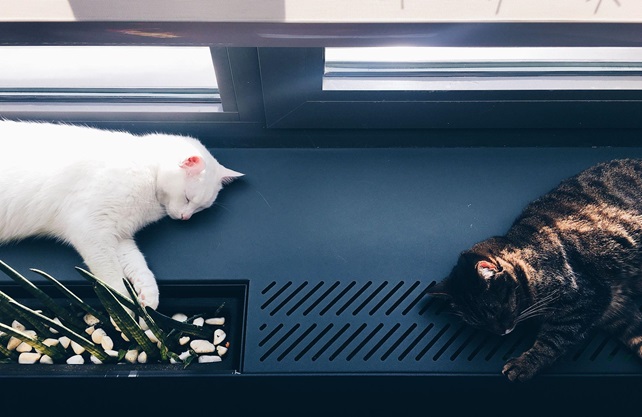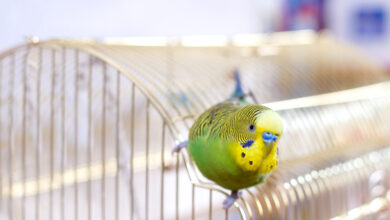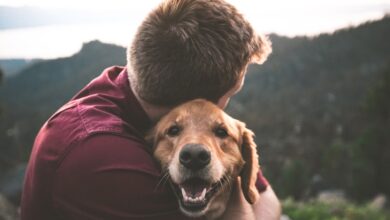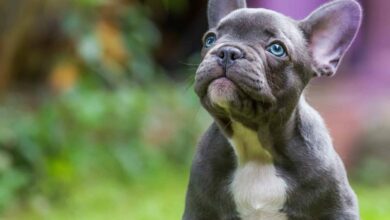10 Dangerous Household Plants for Cats

Cats, with their natural curiosity and playful nature, often find their way into areas of our homes where they’re not always safe. Among the myriad dangers that can lurk in the corners of our living rooms, patios, and sunlit window ledges, house plants stand out.
Many novice cat owners are often unaware of the potential dangers some common household plants pose to our feline friends. Before you open your home to a new adorable Bengal Kitten or a playful Bobtail, it’s paramount to ensure that your living space is cat-proofed, particularly in the realm of house plants.
The Silent Dangers of Household Plants
One might wonder, “Why are plants dangerous?” Many plants produce toxins as a defence mechanism against herbivores. While these toxins are often harmless or even beneficial to humans (think of the slight bitterness in a cup of tea), they can be harmful or even lethal to cats. Cats have a different metabolism than humans, making them susceptible to toxins that might not affect us.
10 Dangerous Household Plants for Cats
1. Poinsettias
Description: These festive plants have lush green leaves and bright red bracts, often mistaken for flowers, and are particularly popular during the Christmas season.
Toxicity to Cats: Poinsettias have a milky, white sap that can cause mild irritation in cats. If ingested, the sap can lead to symptoms such as vomiting, drooling, and sometimes diarrhoea. Fortunately, while the symptoms are uncomfortable, poinsettia poisoning is typically not severe. However, the distress it causes makes it worth keeping away from cats.
2. Lilies
Description: Lilies, with their large, colourful, and fragrant blooms, are a favourite in many households and gardens. They’re commonly found in flower bouquets.
Toxicity to Cats: Lilies are among the most toxic plants to cats. Even a small ingestion, like chewing on a leaf or getting pollen on their fur and then grooming it off, can result in severe kidney damage. Symptoms include vomiting, lethargy, and loss of appetite. Without prompt treatment, this can be fatal.
3. Philodendron
Description: Recognizable by their large, heart-shaped leaves, philodendrons are popular because of their aesthetic appeal and their ability to thrive even in low-light conditions.
Toxicity to Cats: The plant contains calcium oxalate crystals, which, when chewed or ingested, can cause oral irritation, intense burning and swelling of the mouth, tongue, and lips. This often results in excessive drooling, vomiting, and difficulty in swallowing.
4. Aloe Vera
Description: Known for its succulent leaves and medicinal gel, aloe vera plants are common in many households.
Toxicity to Cats: The outer layer of the aloe leaf contains a yellow latex called aloin, which is a powerful laxative and can cause vomiting, diarrhoea, tremors, and an upset stomach in cats when ingested.
5. Dieffenbachia (Dumb Cane)
Description: With its attractive, broad leaves often bearing cream-coloured patterns, Dieffenbachia is a popular decorative indoor plant.
Toxicity to Cats: Like the philodendron, Dieffenbachia contains calcium oxalate crystals. Chewing or ingestion can lead to symptoms such as intense oral irritation, drooling, nausea, vomiting, and difficulty swallowing.
6. Sago Palm
Description: This ornamental plant is often used for its appealing appearance, especially in bonsai form. They have shiny, dark green leaves and a thick stem.
Toxicity to Cats: All parts of the sago palm, especially the seeds or “nuts”, contain a toxin called cycasin. Even in small amounts, ingestion can lead to severe liver damage, resulting in symptoms like vomiting, diarrhoea, seizures, liver failure, and even death.
7. Tulip and Narcissus bulbs
Description: These flowering plants are popular choices for gardens and as potted indoor plants, especially in the spring.
Toxicity to Cats: The bulb contains the highest concentration of toxins. If ingested, it can cause oral irritation, excessive drooling, and nausea. In severe cases, it can lead to heart abnormalities and respiratory depression.
8. Cyclamen
Description: Recognized for its beautiful flowers that come in a range of colours and heart-shaped leaves, cyclamen is a common indoor flowering plant.
Toxicity to Cats: The roots or tubers contain toxic terpenoid saponins. If ingested, it can lead to severe gastrointestinal upset, characterised by intense vomiting. In extreme cases, ingestion can lead to arrhythmias, seizures, and even death.
9. Kalanchoe
Description: This is a popular flowering succulent known for its small, colourful blooms.
Toxicity to Cats: Kalanchoe contains compounds known as bufadienolides, which can lead to symptoms like vomiting, diarrhoea, and other signs of gastrointestinal distress. In rarer cases, it can cause abnormal heart rhythms.
10. Azalea
Description: A shrub with vibrant and attractive flowers, azaleas are a favourite for both indoor and outdoor gardening.
Toxicity to Cats: The plant contains grayanotoxins which, when ingested, disrupt the normal functioning of cell membranes. Symptoms in cats include drooling, diarrhoea, vomiting, lethargy, and, in severe cases, potentially fatal depression of the central nervous system.
Cat-Safe Plant Alternatives
The above list is not exhaustive, and new cat owners should always verify the safety of a plant before bringing it into a home shared with felines. However, if you’re looking to spruce up your living space with greenery without compromising your cat’s safety, here are some cat-safe alternatives:
- Spider Plant (Chlorophytum comosum): These are not only non-toxic to cats but also are great for purifying the air in your home.
- Areca Palm (Dypsis lutescens): A popular and attractive indoor palm that’s safe for cats.
- Boston Fern (Nephrolepis exaltata bostoniensis): Adds a touch of greenery without posing a risk to your cat.
- Blue Echeveria (Echeveria glauca): A beautiful, rosette-forming succulent that is non-toxic to cats.
- Haworthia: These are small, decorative succulents that are safe for cats.
By ensuring that our homes are free from potentially dangerous plants, we not only create a safer environment for our cats but also pave the way for a harmonious coexistence with our feline companions. Always remember, when in doubt, research before introducing any new plant into your home, or consult with a veterinarian or expert. Your cat will thank you for your vigilance and care!





